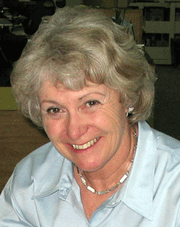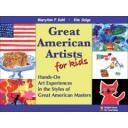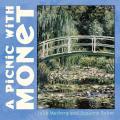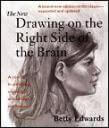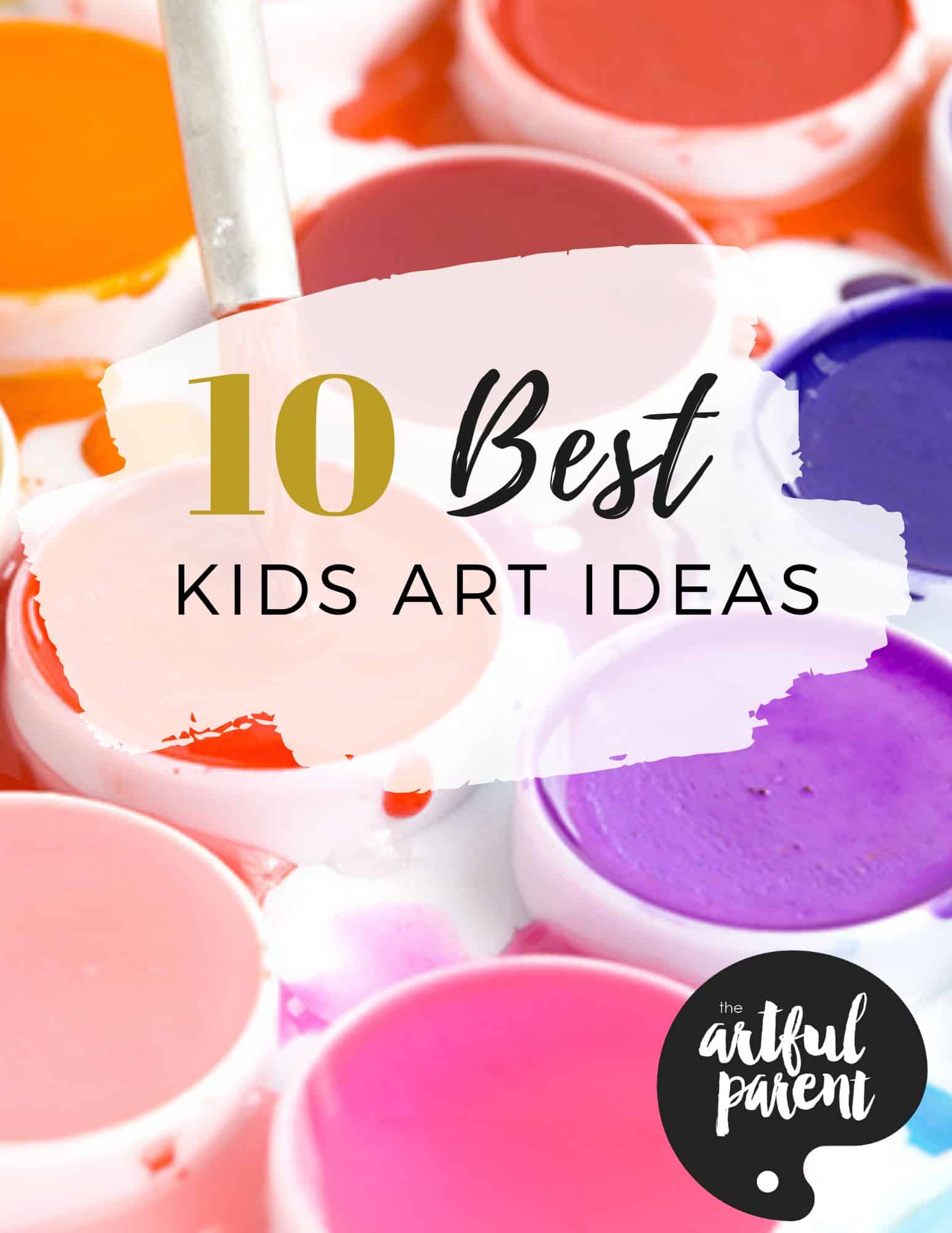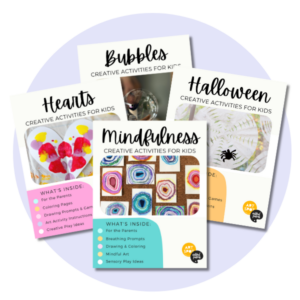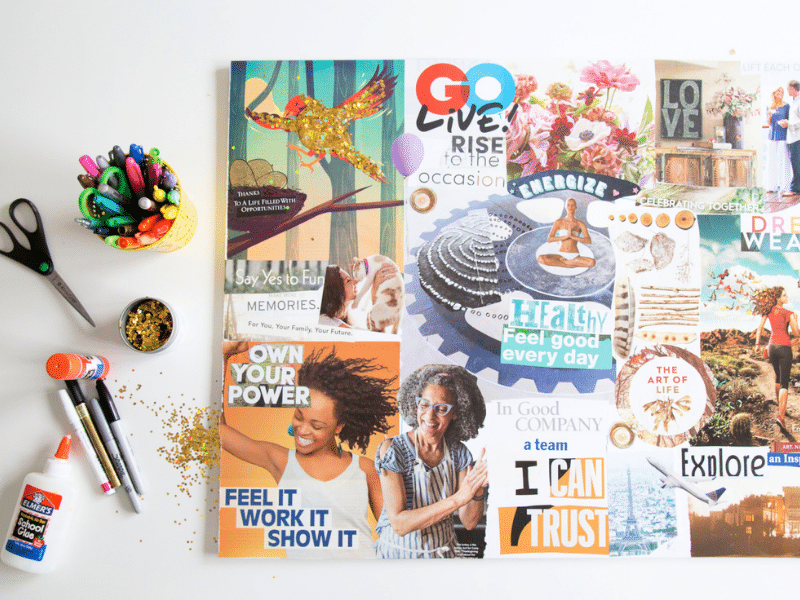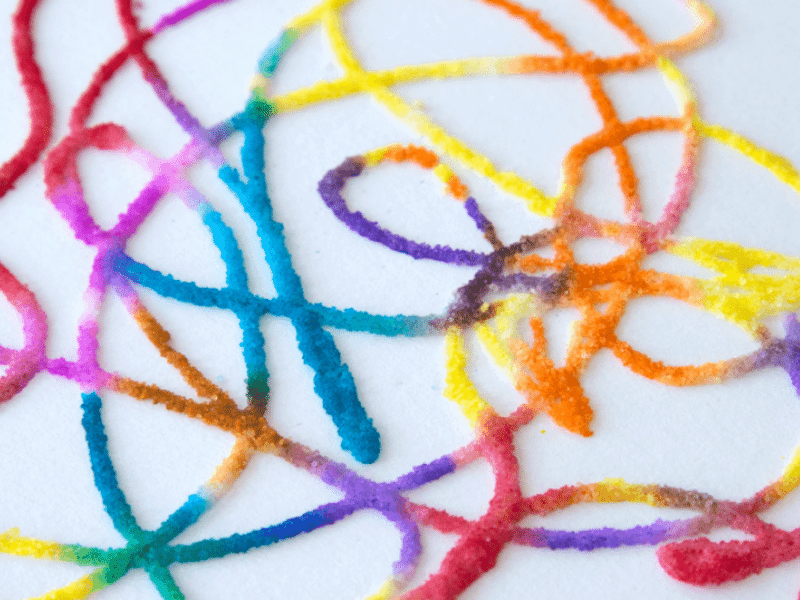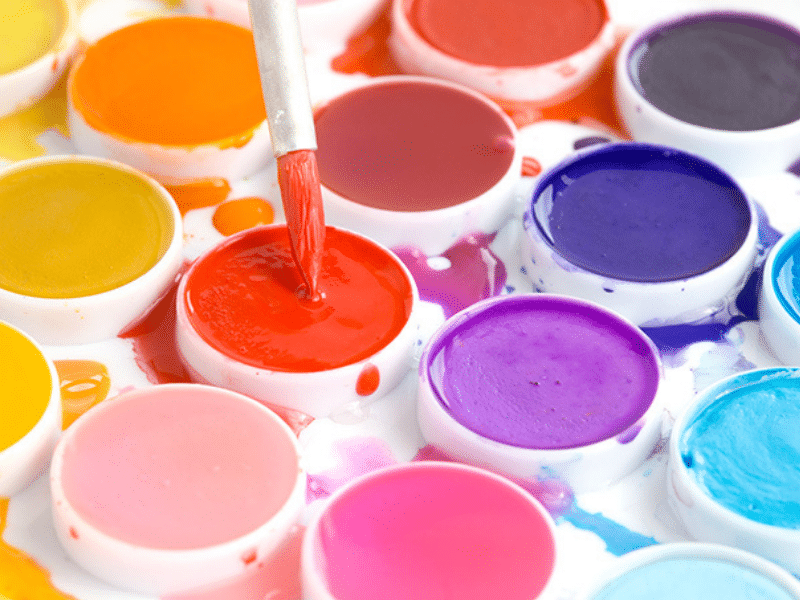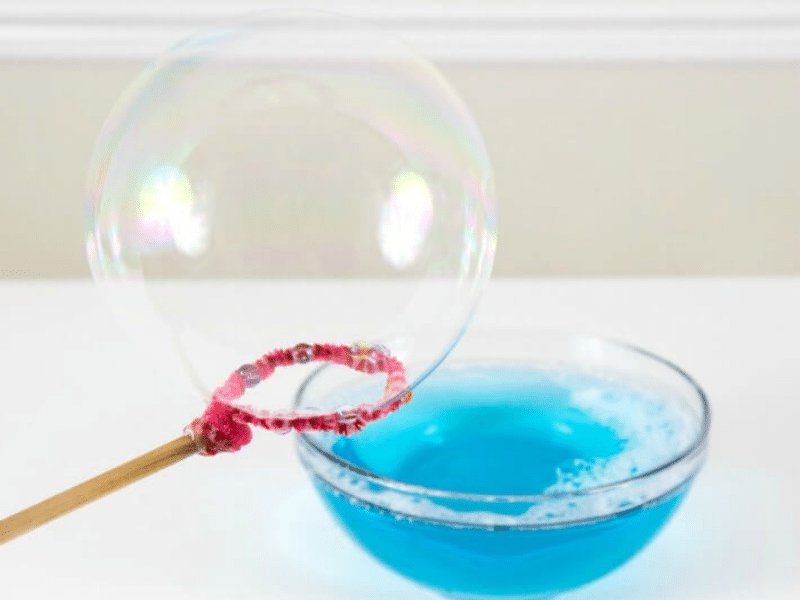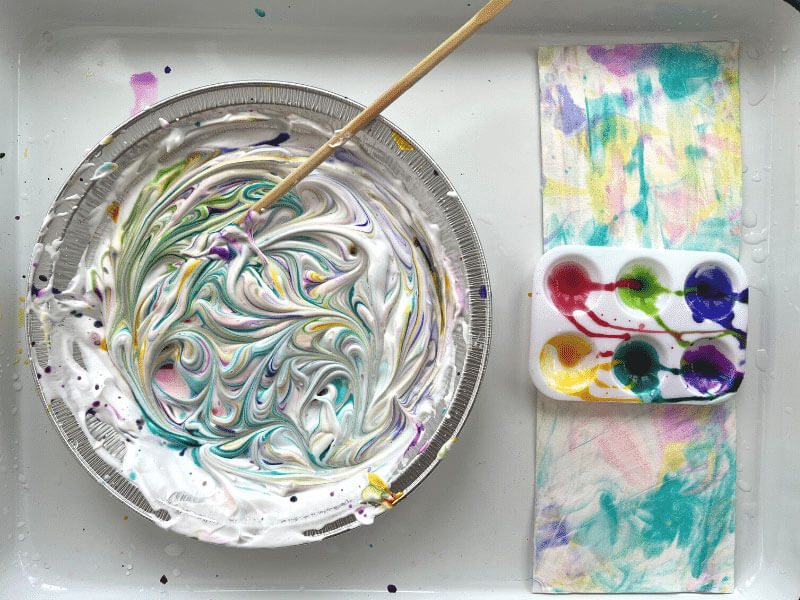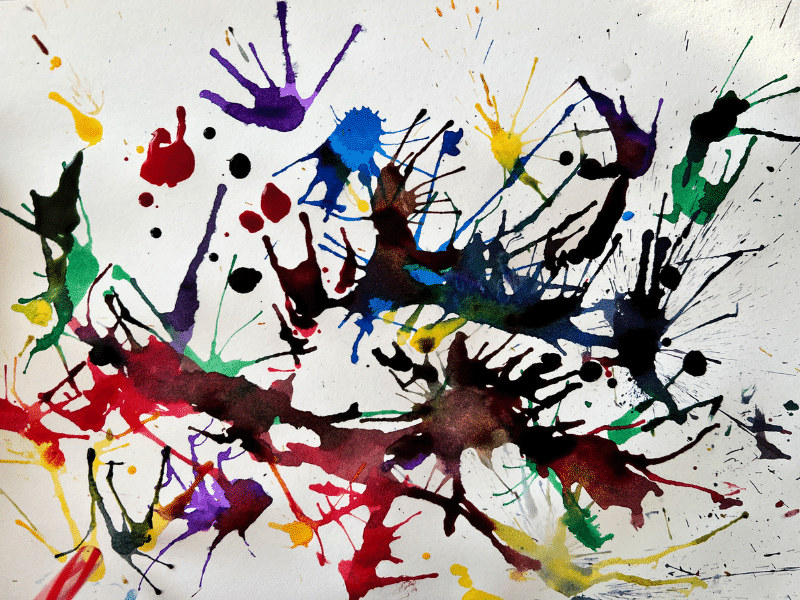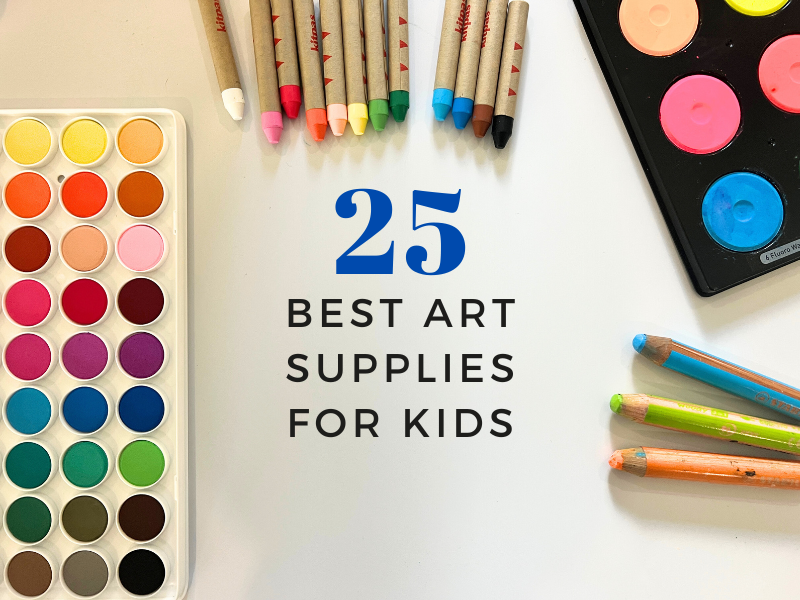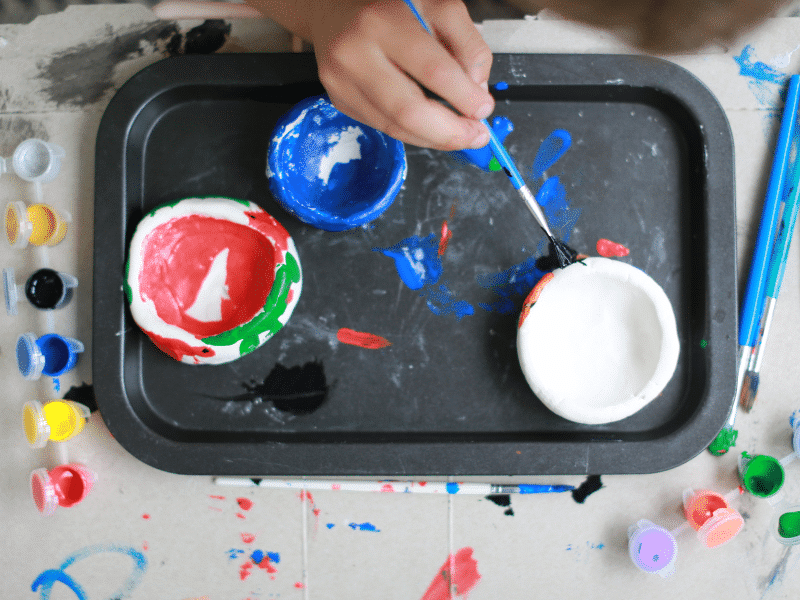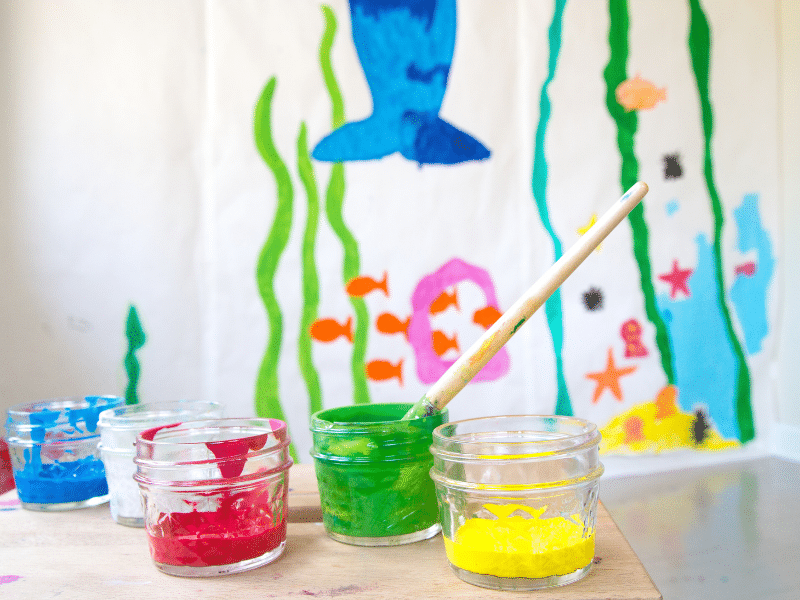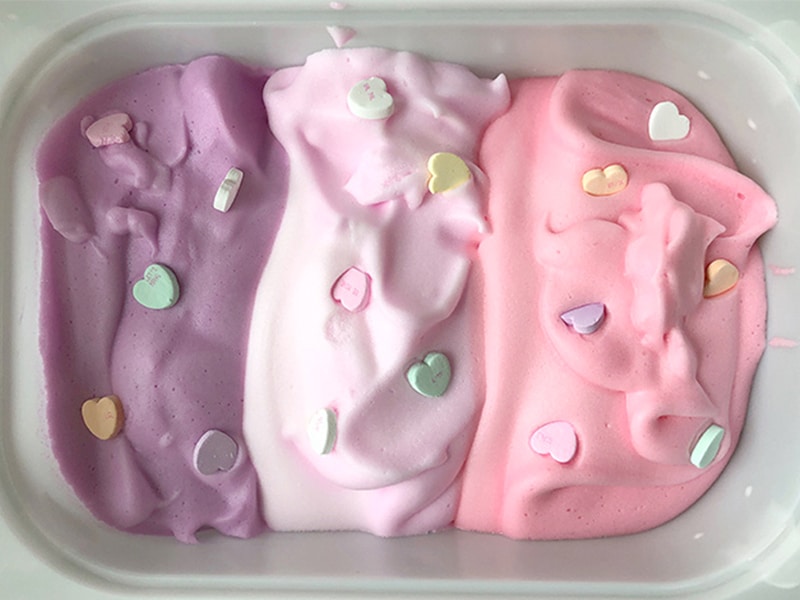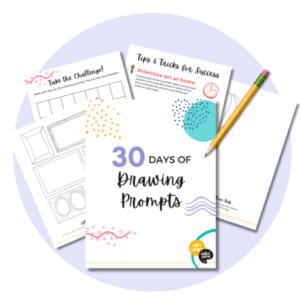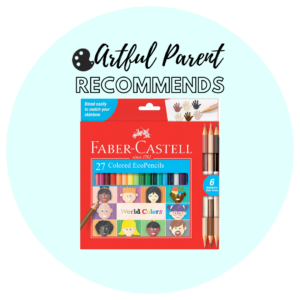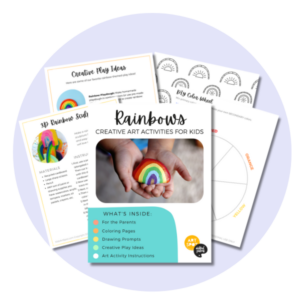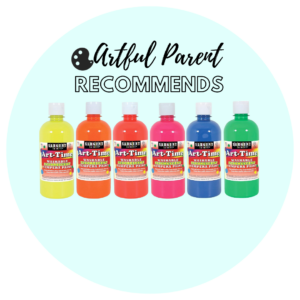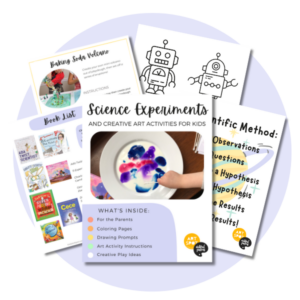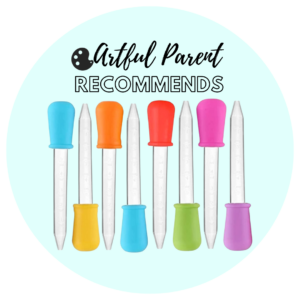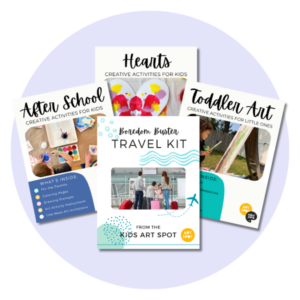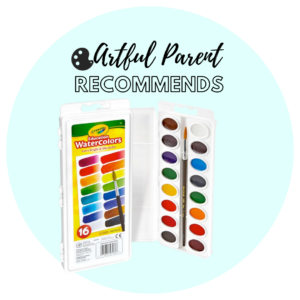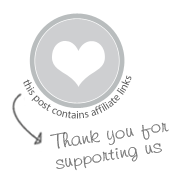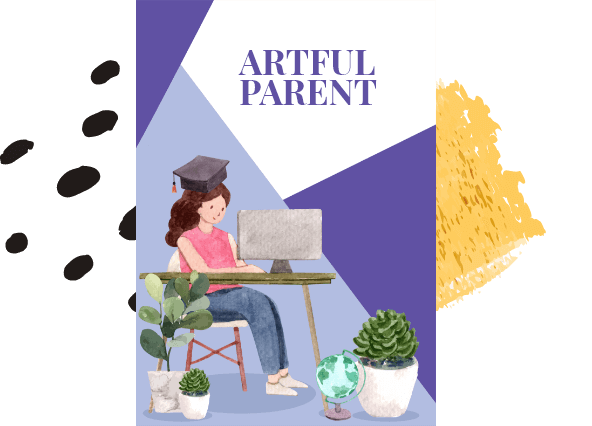MaryAnn F. Kohl is an art educator and the author of numerous art activity books, including First Art, Scribble Art, and Preschool Art.
I've used the activities in First Art extensively with Maia and with our Toddler Art Group. We've also started using Scribble Art and The Big Messy Art Book. I love that her books are chock-full of creative activities that both have some structure and direction, but also allow an incredible amount of freedom in how the activities can be done. They seem perfect for families who are new to art as well as families who are comfortable and experienced with creating art. (Note: readers have a chance to win a copy of one of MaryAnn's books at the end of the interview.)
JEAN: Thanks so much for agreeing to share your experience and insight about art education with my readers on The Artful Parent. We would all love to hear about your perspective on the hows and whys of introducing art to young children. You are a wonderful resource for parents like me who are interested in raising their children in a home full of art and creativity. First, can you tell us why you believe that art and creativity are important for children?
MARYANN: Humans have two sides of the brain, and one them is ready and waiting for creativity. Why not use that hemisphere for what it was intended — Art Exploration and Creativity? Art is a major area of a child's life where he can be himself, explore, experiment, make decisions, and evaluate outcomes, all within the realm of creativity and independent thought. I believe that art is as natural as sunshine and vital as nourishment. We mustn't ignore it. We hold the key, the permission if you will, for allowing a child to have the time and the materials for this last frontier of creative thinking in the schools. We say yes, and it happens. We say no, and it disappears. Could all those art museums be wrong? I certainly don't think so!
JEAN: And can you tell us about your decision to make children's art your life work?
MARYANN: I have made art my life's work because I love children, have a sense of what is natural and normal for them, what is needed for them. But of course I can't document my feelings. Yet, you know how it is when you just "know" something is right. That's how I am about art with kids. I have spent enough time working with them to know what makes them sparkle, or on a lesser scale of wordage, what makes them "tick". I have NEVER met a child who did not grow and respond through art. And for that matter, enjoy art – especially when they find out they don't have to make something I require, but can explore materials with no planned outcome. I want all children to have the opportunity to experience creativity in art form. I'm just as passionate about writing and music and drama, but I focus on art because it's an area that anyone can proceed into without expertise. Art has no right way and no wrong way, only the child's way. I've seen countless older kids say, "You're serious? We can make anything we want?" They just can't believe it, and when they proceed, they disappear into creativity as if they were toddlers. Just because you're older doesn't mean you don't need to create anymore. Forget the "I can't draw!" reply. It has no place in the kind of art I recommend. Art is a process, not a product. I would like to differentiate between "ART" and "CRAFT". Craft follows distinct steps to a required or expected outcome. Fun, yes, but not art. Art has no planned outcome, though there may be some specialized materials and techniques to use. The results are not planned or expected. Art is free. Craft is static. Process, not product.
JEAN: Will you share some ideas for making art a part of a child's everyday life?
MARYANN: Everyday art. I like the sound of that! So to begin a day with art, slice those bananas and decorate your cereal, for starters. Blueberries add color. The day can begin with art, it truly can. Fold a paper napkin in a new way, and surprise your kids. Art is found in the simplest of places, including bubble baths. Art materials should be readily accessible for children in the home, daycare, or classroom. Basic materials like glue, scissors, colored paper, staplers, and crayons, paints and brushes, tape, stickers, and water. Collage materials and odds and ends, all available at child height. Of course, age will dictate which materials may or may not be appropriate to place in the shelves and bins, and how much of a material available at any given moment, but basic art supplies should be available for kids to experience as they require and may I say NEED.
JEAN: Do you have any suggestions for parents who are interested in setting up a children's art center in their homes?
MARYANN: Child accessible is the key. Shoe boxes are free and easy to get from shoe stores, or buy inexpensive see-through bins. Have a little shelf next to a small table (for younger children). Make it easy for kids to help themselves. Include a trash can, so they can help themselves to their own clean-up too.
JEAN: Can you tell us what your favorite art materials are for young children?
MARYANN: I LOVE LOVE LOVE liquid watercolors (from Discount School Supply and Kaplan and other suppliers). Crayons, and I mean quality Crayola crayons at that, are a top priority. Don't go cheap on crayons … the cheaper varieties don't work well. Good scissors are a must for the same reason. Enjoy some crafty supplies like felt, sequins and buttons and plastic coated wire. Have fun! Don't worry about following directions, just play with materials and see how they behave and interact. Think of art as an experiment, and don't worry about the results. It's the Process, not the Product!
JEAN: What are some of your favorite art projects for younger children? Older children?
MARYANN: Younger kids, I love to see them make collages with interesting materials. Older kids? I love to see them work with watercolors, crayon resist, permanent markers combined with dry watercolor paintings. And for the kids, if you ask them? Anything that is 3D is always a favorite.
JEAN: You have written numerous books, each jam-packed with art projects. How did you come up with all the project ideas? How do you continue to come up with new ideas for new books?
MARYANN: The art projects in my books explode from basic art ideas like crayon resist, or combining two materials like chalk and crayon. Simple things. I work with kids all the time, and watch what they do. They think up new applications and approaches all the time. I make notes and take pictures. I also try to think this way: Well, if colored play-clay smears on your fingers, wouldn't it also be fun to smear it on paper? I try to see what hasn't be done (by adults anyway), and think of new ways to do it. I look at the leaves falling, and my mind is captured…how could this become an art experience? Always thinking.
JEAN: Can you tell us a little about the book you're working on right now?
MARYANN: Great American Artists for Kids: Hands-On Art Experiences in the Styles of Great American Masters is the title, which I'm co-authoring with Kim Solga of KidsArt. It's my first book in full color, and is chock-a-block with actual artworks by the famous art-folks, as well as from kid artists. It's going to be wonderful! It comes out on the 4th of July, the most important truly all American day. 75 artists from the Colonial times to the present are featured with a short bio of interest to kids, the artist's birthday, art style or movement, and then a fabulous creative art project that goes with that artist. For example, one of the artists is Lichtenstein who is famous for his "comic" art with words in cartoon bubbles. The kids think up new words and sounds, draw their comic, artfully put in the new word. I think yesterday I saw a grade two boy with a "VAHAZOOMZ" on his comic work of a fantastic car with purple tires. For Stuart Gilbert who is famous for George Washington portraits we all recognize, the kids draw any kind of crayon portrait, and then crumple it, then paint it with a thinned black tempera wash, and it is suddenly an antique looking portrait called "Crackle Crayon". This book will be great fun and educational too.
JEAN: What are some of your favorite books about art and creativity (besides your own) that you would recommend to Artful Parent readers?
MARYANN: There is a series of books about great masters that I like called "For Kids Series" by Chicago Review Press. One title is Salvador Dali and the Surrealists: Their Lives and Ideas, 21 Activities. I recently saw a little set of board books for toddlers and young kids, each based on a different great master. The publisher is Roundtable Press, and the series is MiniMasters. Very well done, excellent. Even older kids like it. My favorite is A Picnic with Monet by Julie Merberg and Suzanne Bober. They have several others focused on Matisse, Degas, Van Gogh, Picasso, Renoir, Seurat, and Cassatt. [Jeanâ's note: See my post about this series here.]
For people who are interested in how to draw, I recommend Drawing on the Right Side of the Brain, with some amazing results from the lessons the book suggests. Even people who can't draw will be astounded at their success if they read and follow the book. It's not anything like any of my own books, and it would only be for people who are curious to find out about drawing and maybe to try out some experiments with drawing. It's really rather miraculous!
JEAN: Thank you so much, MaryAnn, for sharing your love and your expertise of children's art with us!
If you'd like to learn more about MaryAnn F. Kohl and her many books you can visit her website, www.brightring.com.
To win a copy of MaryAnn's book, Discovering Great Artists: Hands-On Art for Kids in the Styles of the Great Masters, post a comment on this interview before Friday, February 22th, midnight, Eastern Standard Time. Winner will be chosen in a random drawing and notified via e-mail.
Related Posts
- Christie Burnett of Childhood 101 on the value of art
Christie Burnett, Aussie mother of one, is a long-time early childhood educator and the founder…
- Marble Rolling with the Art Group
We did some marble rolling with the Toddler Art Group yesterday. I had a bag…
- Scrap wood sculptures with the art group
We made wood sculptures with the art group yesterday using frame pieces, popsicle sticks, and…

